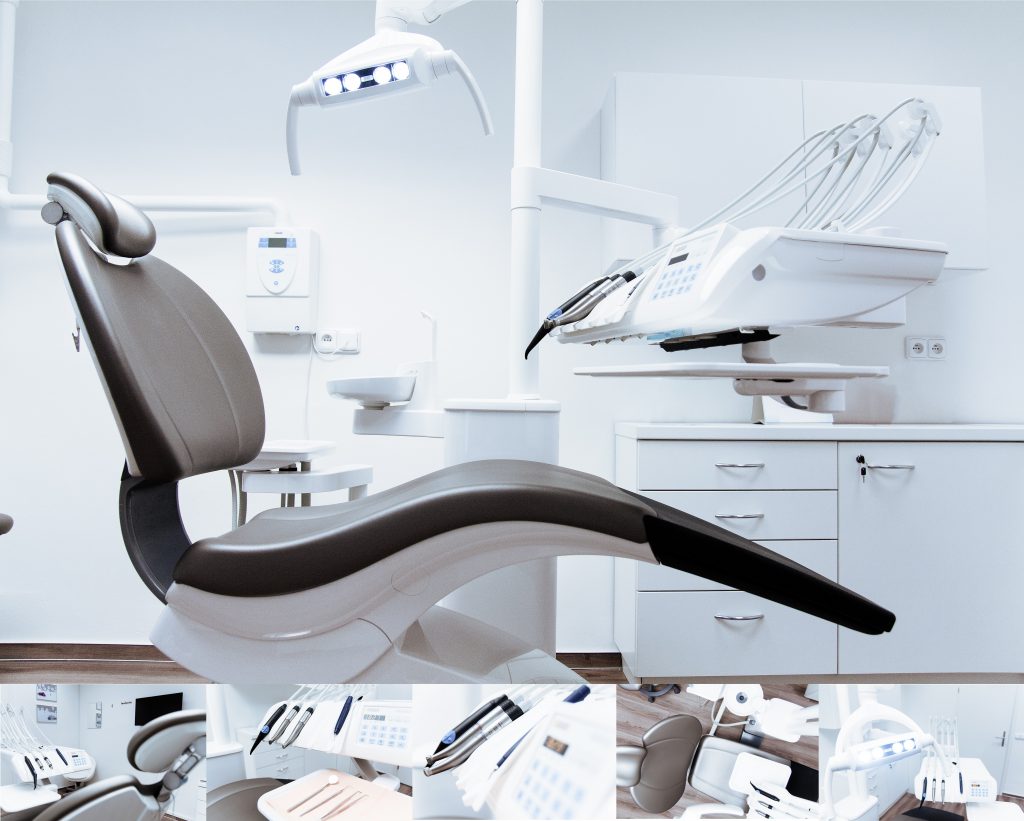The shift to the digital era is an unstoppable worldwide trend, and this digital revolution has immensely enhanced our way of life. These improvements also have a significant influence on the healthcare profession, which includes dentistry. We are in the midst of a digital dental revolution. Dental technology today is very different from what it was only a few decades ago.
Digital dentistry will only grow more efficient and user-friendly as technology advances, allowing dental practitioners to work even more intelligently than before. The future, on the other hand, constantly presents fresh problems.
In this article, we have highlighted the latest trends in the field of dentistry, as well as the obstacles that lie ahead. But before moving further, first let us completely understand the concept of digital dentistry.
What is digital dentistry?
In contrast to employing simply electrical or mechanical equipment, digital dentistry involves the use of dental technologies or devices that combine digital or computer-controlled components to carry out dental treatments.
The goal of digital dentistry is to improve the efficiency and precision of dental procedures while also providing predictable outcomes. The advancements in imaging, manufacturing, and software integration help dentists in their attempts to give the finest possible treatment in the most pleasant environment.
The Latest Developments in the Field of Dentistry
Now let’s move on to the dentistry trends pointing to a digital future.
3-D Imaging Along with CBCT Scanning
Traditional dental X-rays are restricted in their capacity to see a patient’s dental structure because they provide fuzzy two-dimensional pictures. A dentist can see three-dimensional scans of the whole skull, jaw, and oral bone structure of a patient, using cone-beam CT scanners (CBCT).
CBCT scanning produces crisp, detailed pictures that can be rotated and examined from any angle. This makes it simpler to identify the signs and symptoms of dental disorders, provide an accurate diagnosis, and tailor orthodontic therapy to the individual needs of each patient.
Dental Laser Technology
The use of laser technology has swept the dentistry business. Filling cavities, removing tumors, and treating tooth sensitivity are all procedures where lasers are utilized to treat several dental illnesses and to remove any discomfort during the treatment.
The nicest thing about laser dentistry is that it is painless and quick for both patients and dentists. It is also fantastic at treating germs and enhancing dental hygiene.
Development of New Software and Applications
Dental practitioners are increasingly focusing on incorporating new IT solutions in their daily practices, with the objective of better efficiency, cost savings, and improved patient satisfaction.
Thanks to its technology, CAD/CAM software already allows for good communication between dentists, staff, and patients. But as digital dentistry replaces traditional approaches, communication will become simpler in the future. Examples of this include uploading and exchanging information, giving educational counseling and treatment plan alternatives, and guiding patients through complex procedures via smartphone applications.
Use of Artificial Intelligence
Dentistry produces data in large quantities on a regular basis. From scheduling appointments to patient feedback, a significant amount of data is generated every day.
Wherever there is a huge amount of data, there is a good chance that artificial intelligence can be used to obtain a better comprehension of patient trends.
Artificial intelligence assists dentists all around the world by simplifying operations, lowering effort, and helping in the development of stronger patient-dentist connections.
Invention of New Dental Materials

As digital technology and open digital workflows become more widely used, a greater choice of dental materials, including fabrics, surfaces, and colors, as well as multilayer materials, will be required.
Modern dental treatments are significantly more effective, efficient, and discrete than previous generations. For instance, teeth can be straightened without elastic bands with self-ligating devices and orthodontic clear aligners. Even classic metal braces have improved in appearance and comfort over time.
There are several areas where technology has aided humanity in progress, but the impact on medicine is the most significant. Modern techniques and equipment are essential for patient comfort, safety, and happiness in dentistry, so be sure you’ve invested in the finest!
But with the digitalization in dentistry, there are certain key challenges associated with it. The digital revolution in dentistry necessitates the acquisition of a completely new set of skills by dental practitioners.
As a result, dental education institutions and programs will need to focus more on teaching students how to use digital equipment like CAD/CAM technology in clinical settings. Because the digital world is here to stay, we recommend that you hop on board.
